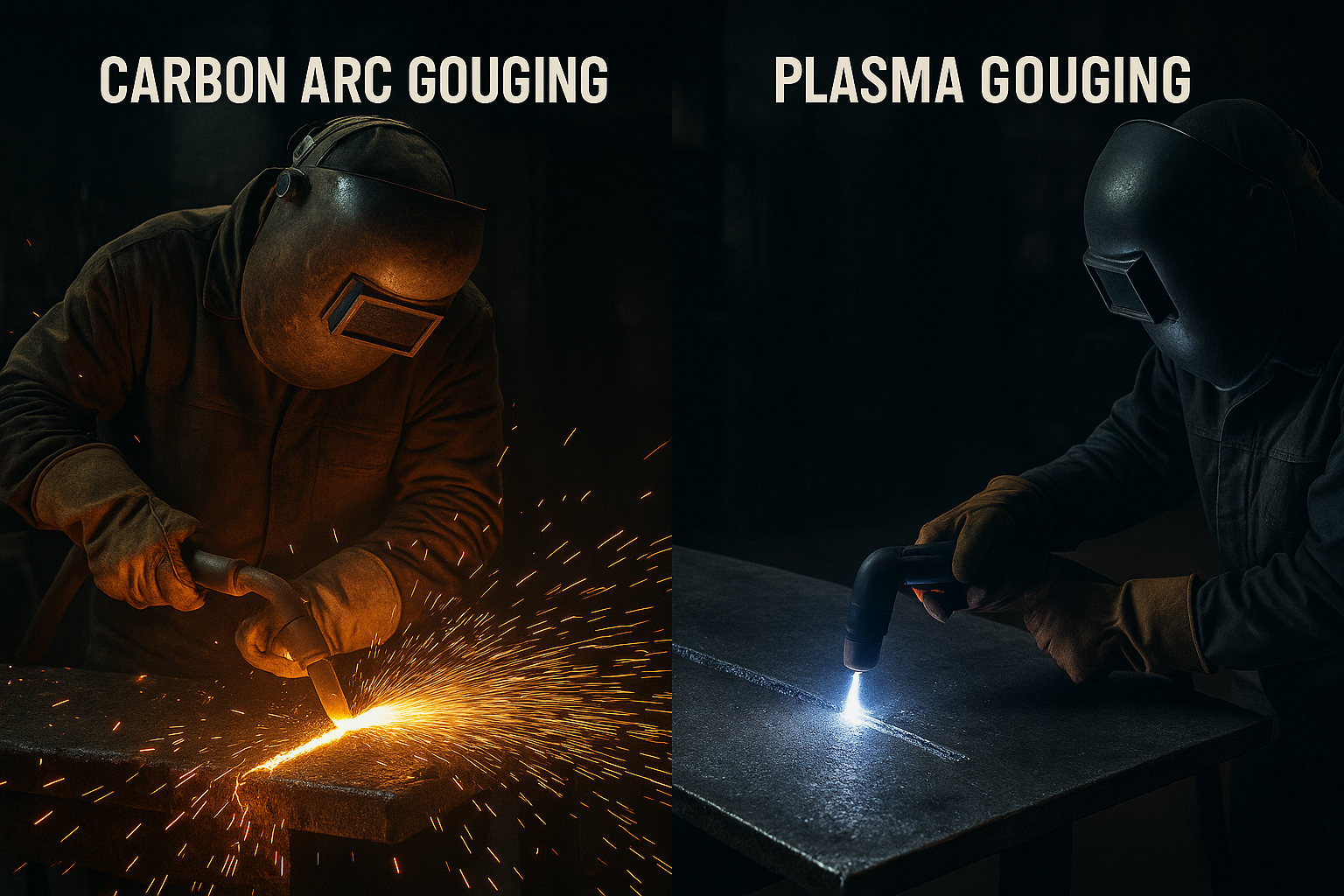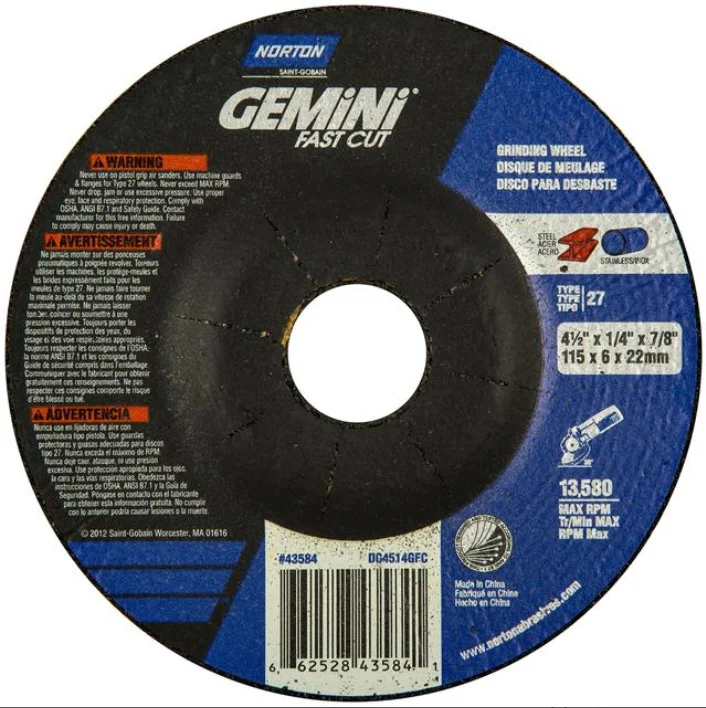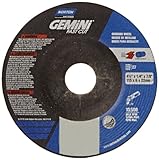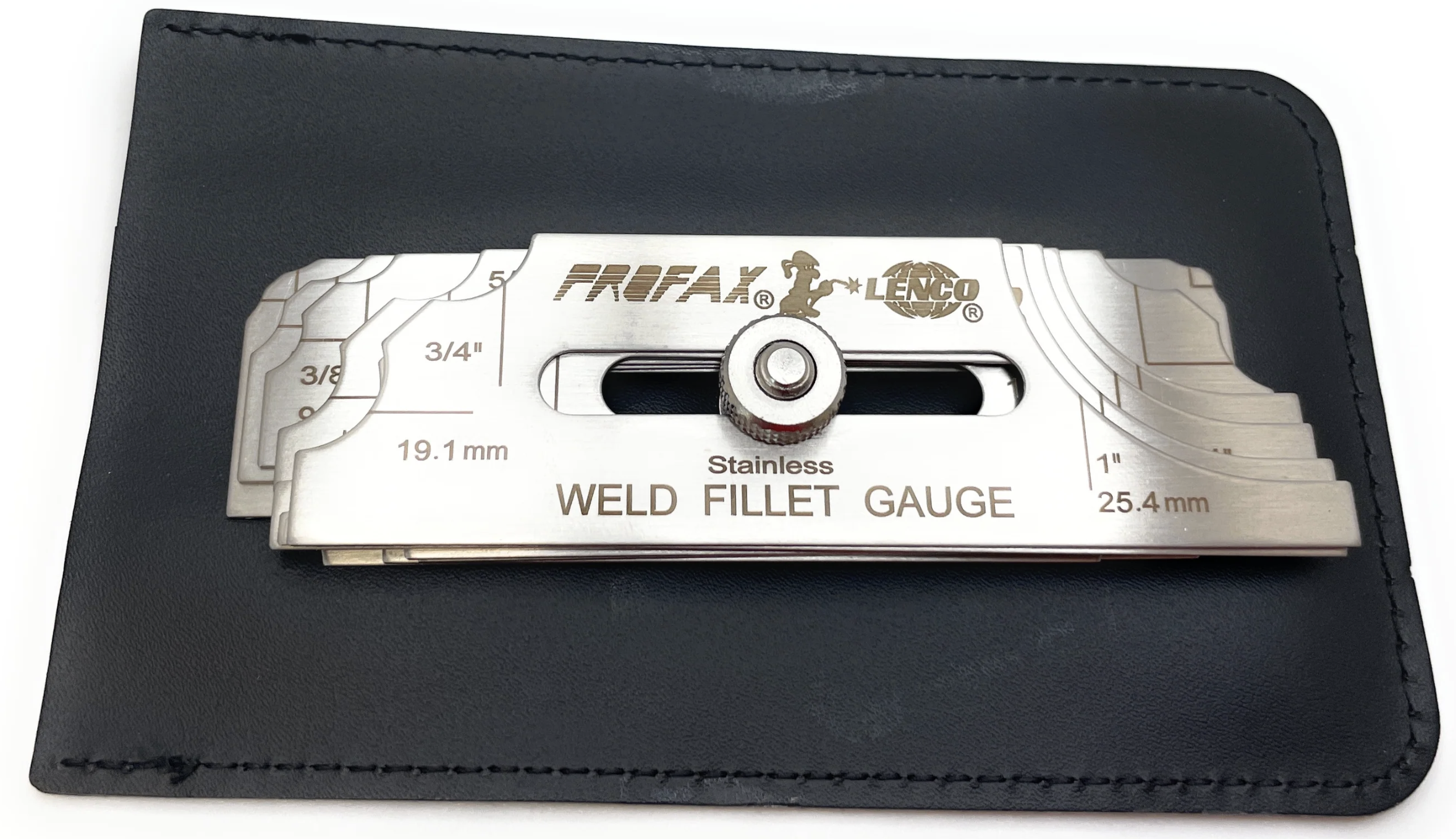The Strong Hand Nomad TS3020 is one of the most versatile budget welding tables available. Instead of a fixed plate with a fixturing hole grid, the Nomad uses 28 mm (1.1″) wide slotted steel plates, adjustable height, angle tilting, retractable guide rails, and rolling casters — making it ideal for hobby welders, light fabrication, and mobile workstations.
Below is a full breakdown of build quality, usability, rigidity, and how it compares to cheaper stamped-steel folding tables.
Key Takeaways
- 28 mm slotted tabletop supports clamping, squaring, and part positioning.
- Adjustable height and tilt (0°, 30°, 90°) improve access and ergonomics.
- Casters + leveling foot make it easy to roll, park, and stabilize.
- Retractable guide rails help with repeatable positioning and part alignment.
- Best for MIG/TIG/light fabrication, not heavy hammering or large weldments.
Where to Buy
Amazon
Strong Hand Tools Nomad TS3020 —
- Three 1. 1″ (28mm) slots in the tabletop allow for insertion of clamps to reach any point on the table.
- Tabletop tilts to three positions: Horizontal, 30°, and folded for mobility.
- Two retractable, perpendicular steel guide rails can be used as guides, stops, or clamping edges.
- Affordable, convenient welding and work table for the welding shop or home shop
- Tabletop height can be adjusted from 26″ to 32″ (660 – 810 mm).
Last update on 2025-11-21 / Affiliate links / Images from Amazon Product Advertising API
Overview
The Strong Hand Nomad is built as a flexible, portable welding station for small shops and home fabricators who want more capability than a folding table without jumping to a high-cost precision plate.
Key features include:
- 30″ × 20″ approx. working area
- Height adjustment: 26″–32″
- Angle adjustment: flat / 30° / 90°
- Three steel slats with 28 mm gaps for clamps and locking pliers
- Built-in rails that flip up or down for stops, alignment, or material control
It’s targeted at welders who need mobility, quick setup, and practical clamping options — not a precision fixturing grid.
Build Quality & Construction
Tabletop
- Three-piece steel slat surface, spaced with 1.1“ (28 mm) slots
- Supports standard locking pliers, C-clamps, F-clamps, and slot-style accessories
- Slots allow slag to drop and improve airflow during welding
Frame & Legs
- Powder-coated steel
- Adjustable height driven by a pin-and-sleeve system
- Angle tilt mechanism is solid for the price but not for high-weight loads
Mobility & Leveling
- Two casters for rolling
- One eccentric leveling foot to lock the table down during welding
Strength & Capacity
- Suitable for:
- Light frame fabrication
- Small assemblies
- Brackets and hobby projects
- Not built for:
- Heavy beating/hammering
- Large straightening jobs
- High-load structural work
Performance in the Shop
Clamping & Setup
Slots allow versatile clamping angles and creative fixturing. Rails help repeat work without dedicated tooling.
Flatness
Good enough for typical hobby and light fabrication tasks.
Not comparable to a BuildPro or precision-machined plate.
Portability
Easily moved around a small shop — one-person maneuvering is normal.
Heat Handling
Handles MIG and TIG without issues. Avoid:
- Heavy carbon-arc gouging
- Very high amperage preheat processes
Comparison: Nomad TS3020 vs. Low-End Folding Tables
| Feature | Nomad TS3020 | Low-End Folding Tables (Hobart/generic) |
|---|---|---|
| Surface | Steel slats w/ 28 mm slots | Thin stamped steel |
| Clamping | Clamps through slats; guide rails | Minimal / limited |
| Adjustability | Height + tilt (0°, 30°, 90°) | None |
| Mobility | Casters + leveling foot | Fixed legs |
| Rigidity | Moderate | Low |
| Best For | Light fab, welding setups | Occasional hobby use |
If you need flexible work angles and real clamping options, the Nomad is dramatically more capable.
Best Uses
- MIG/TIG hobby fabrication
- Light frame assembly
- Small brackets
- Prep work, layout, and tool setup
- On-site/mobile welding
Not ideal for:
Heavy hammering, structural beams, engine stand repairs, or high-load fixturing.
Safety Notes
- Use ANSI Z87.1 eye protection when adjusting clamps or locking mechanisms.
- Keep slats free of slag and spatter to maintain grounding continuity.
- Stabilize the table with the leveling foot before welding.
- Always attach your welding ground to the workpiece or a dedicated lug.
FAQ
Is the Nomad TS3020 a good first welding table?
Yes — excellent for beginners who need adjustability and clamping slots.
Can it replace a precision fixturing table?
No. It’s for light fabrication, not precision assemblies.
Does it accept 5/8″ or 16 mm fixturing tools?
No. This is a slotted table, not a hole-grid system.
Is it stable enough for heavier work?
Light to moderate only; not for heavy hammering.
Sources Checked
- Strong Hand Tools TS3020 product materials
- Manufacturer angle/height specs
- Slot sizing and rail mechanism documentation
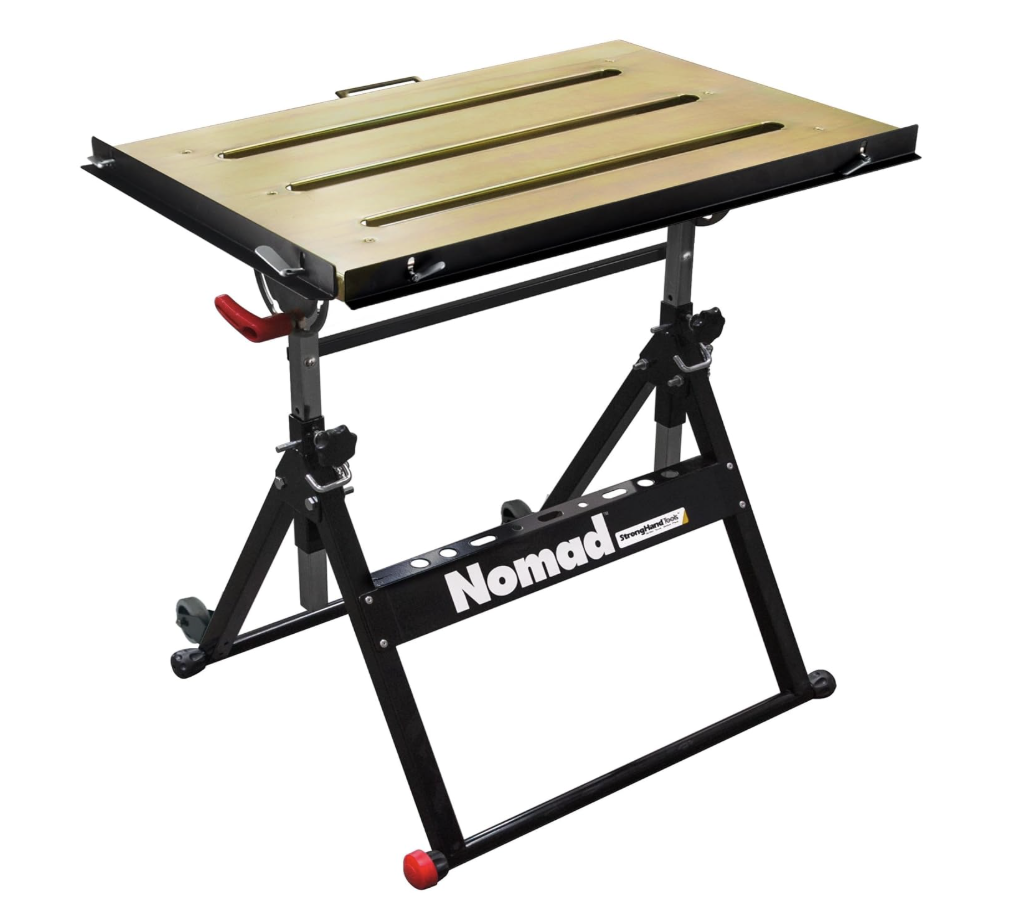

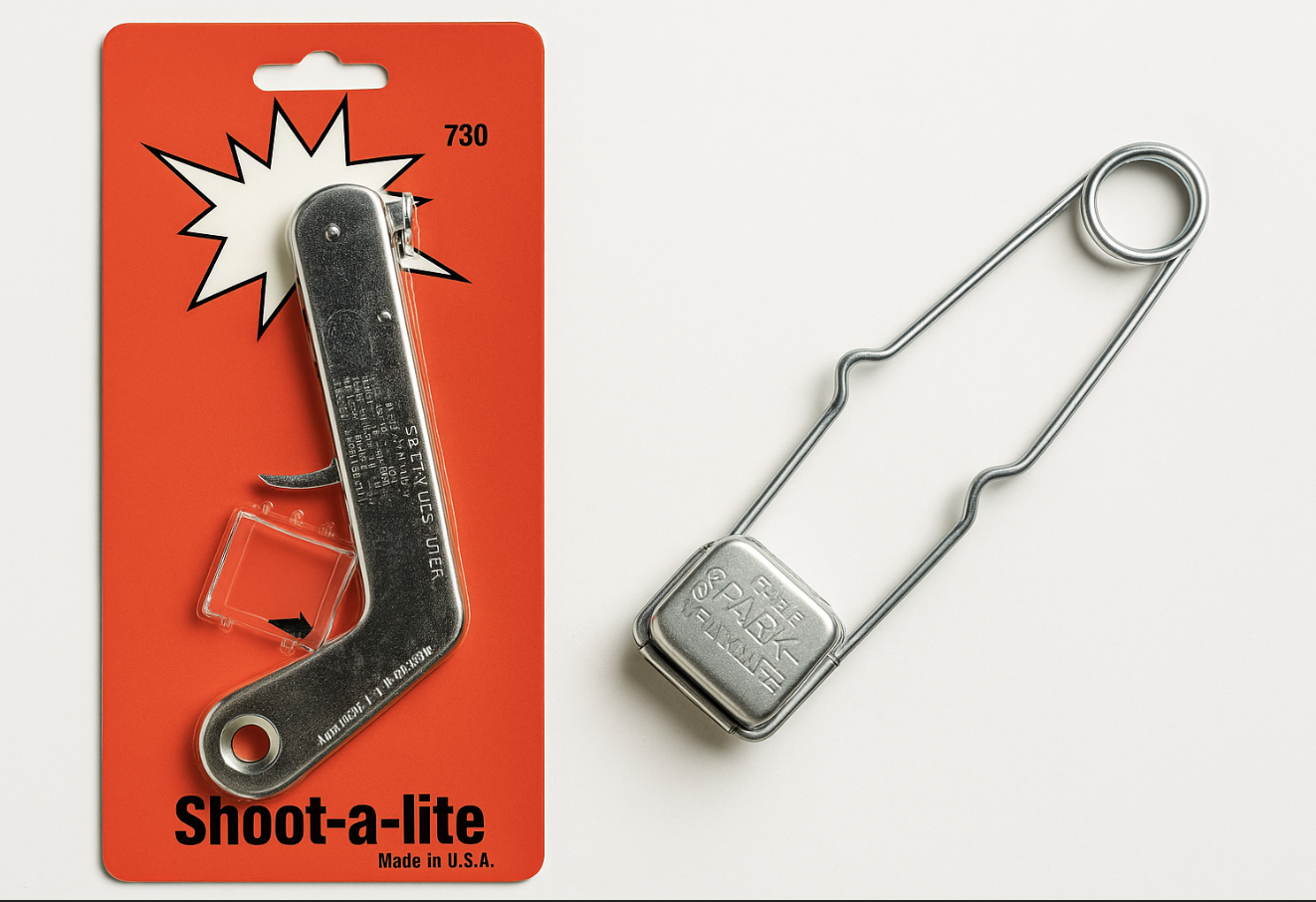



![Shurlite Round File Single Flint Spark Lighter, 10 Per Box [Set of 10]](https://m.media-amazon.com/images/I/51jUs7akXoL._SL160_.jpg)
